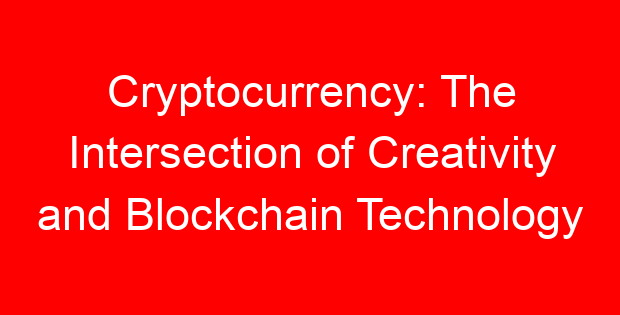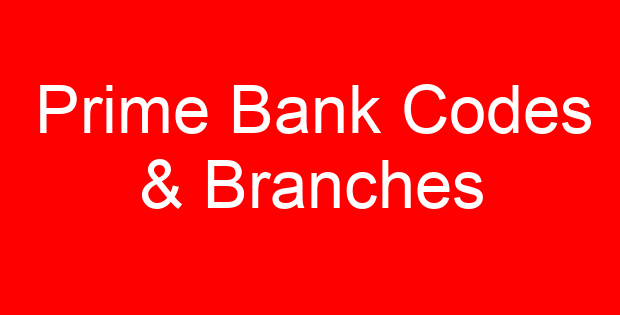Cryptocurrency: The Intersection of Creativity and Blockchain Technology
Introduction
Blockchain technology is integral to the financial world, but its potential goes beyond that. It’s already permeating the political and legal spheres. It raises questions about the role of centralized technology in various organizations. If you want to start trading bitcoin, use the profit-maximizer.app trading platform.
Artistic creations
A blockchain can host smart contracts that artists can use to manage their digital rights and allocate revenue shares. These contracts can replace conventional agreements that are often esoteric and leave the creator of a bit of artwork control over its terms. This could create a more transparent and dynamic marketplace that rewards artists and provides fair compensation to all parties involved in the creative process. One example of a service that artists could use is PeerTracks, which attaches an intelligent contract to every song it uploads to YouTube and distributes revenue to artists according to the terms of the agreement.
Another example is Async Art, an online art marketplace powered by blockchain technology. The platform is backed by the Fair Trade Art certification from Verisart and will return all sales proceeds to the artists. Furthermore, it will charge no commission. The first 25 artists on the platform include Mark Titchner, Duggie Fields, Penny Slinger, and Derek Boshier. The company has partnered with blockchain companies such as Blockchain.
License issues
The emergence of cryptocurrency and blockchain technology has raised several issues regarding licenses. While a permit can be granted to anyone, it can also be limited to specific uses. For example, if a person wishes to sell their cryptocurrency, they must have a seller’s license. It can also be prohibited to use blockchain technology to sell raffle tickets. In California, two primary laws govern the use of blockchain technology, one of which is Assembly Bill 2658, passed by the state legislature in September 2018.
While the SEC and the NY State Department of Financial Services have raised concerns about cryptocurrency and Blockchain technology, a number of state and federal regulatory bodies are working to create regulations that will help ensure the industry stays out of trouble. For example, the New York State Department of Financial Services has developed a comprehensive regulatory framework for virtual currency businesses, known as BitLicense. These regulations require companies to follow strict compliance and supervisory policies and cybersecurity programs.
Expanding access to financial services
Blockchain technology has many benefits for consumers, but a key one is its ability to reduce costs and increase efficiency in the financial services industry. By eliminating intermediaries, such as banks and financial institutions, Blockchain can cut transaction costs while improving consumer security. In addition, it could reduce the volume of transactions, which in turn could reduce fees. As a result, it has the potential to expand access to financial services for a broader range of consumers.
Despite these benefits, one major challenge to implementing blockchain technology in financial services is that it has not yet been regulated. Many companies are still in the process of identifying how it can be used in financial services. Regulators must address the risk associated with the technology and its potential benefits and drawbacks. While some companies have embraced the technology, others are concerned that the technology may lead to negative consumer consequences. Some people are worried that it will undermine the financial system’s integrity.
Conclusion
Blockchain technology is changing the way people interact with content. Instead of intermediaries like traditional record labels or telecommunication companies, it creates a network connecting creators directly to consumers. This allows creators to receive all of the financial upsides of their work. For example, music streaming services now share about ten percent of their revenue with artists, while purchasing platforms only pay a four to six percent transaction fee.
While cryptocurrency and art may seem lightyears apart, the two worlds are related. Many people from one side may not know the other, but this new technology is creating a more diverse environment. Women and Black communities, for example, have long faced barriers to participating in traditional financial markets. This increased diversity in cryptocurrency signals a high need for financial education. Cryptocurrency offers a unique and valuable niche market for digital artists.
Laura Shin, a former Forbes senior editor, was one of the first mainstream journalists to cover crypto full-time. She wrote a book on the rise of Ethereum and hosted a popular podcast Unchained. Her podcast has received over fifteen million views and downloads.
Blockchain technology has the potential to improve the global financial infrastructure. It can help transfer assets more efficiently and reduce labor costs. Blockchain can also reduce the risk of fraud.




